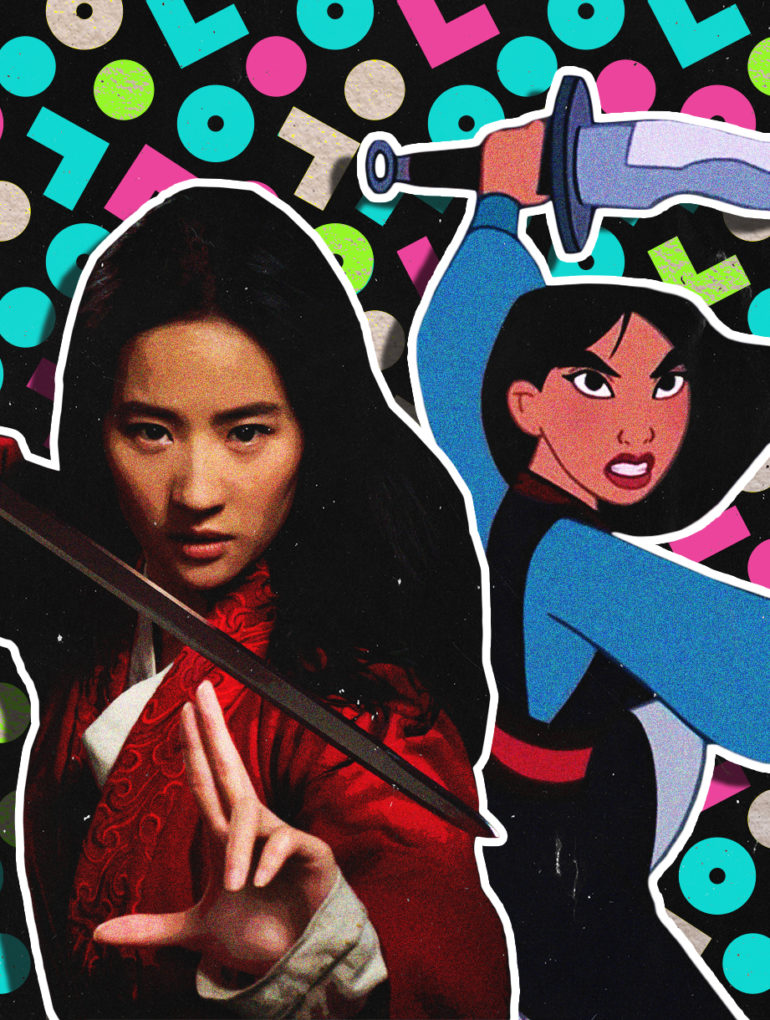No company in the world has left more of an indelible mark across generations than Walt Disney. For 96 years, it has produced timeless masterpieces that made us laugh, cry, love, and hope. It has served as one of our first teachers and companions that instilled values and equipped us with life lessons that help us navigate through every crossroads.
Disney is a well-oiled machine of highly imaginative and talented creatives, but why is it that for the past decade, the studio is investing millions of dollars into simply remaking our beloved animated classics into live-action films?
From Still to Motion
Live-action is the process of transforming animated drawing and graphics into a material that is brought to life by actors or performers to reconstruct a story that is as close to our reality. Back in 1915, animation pioneer Max Fleischer invented the rotoscope, a groundbreaking technique used to trace over a live-action series frame by frame to generate realistic and smooth human movements for characters. For his first project using his invention, Fleischer filmed his brother Dave then traced the footage to create his famous cartoon Koko The Clown, which became a renowned animated series in the ’20s.
Since 2010, Disney has been releasing at least one live-action film per year
This impressive feat paved the way for the future of animation that inspired and fueled Walt Disney to develop cartoon characters such as Mickey Mouse while at the same time finding innovative techniques to progress the art of animation. Disney put a twist on traditional animation by experimenting and combining it with live-action through which cartoon characters could interact with actors as popularized by his series Alice Comedies (1923). After the release of their hit show Steamboat Willie in 1928, Disney took the forefront of animation and their ingenuity produced award-winning animated and live-action classics such as Snow White and the Seven Dwarfs (1937), Dumbo (1941), Bambi (1942), Mary Poppins (1964), and the list goes on.
Fast forward to the late 2000s, Disney seems to have adopted an unconventional approach to their signature animated slate by remaking its beloved classics into live-action. Since 2010, Disney has been releasing at least one live-action film per year, which unsurprisingly generated more questions than answers.
Drawing the Line
Why is Disney spending big bucks on fixing something that isn’t broken? Do we really need to see a live-action version of The Lion King or our favorite Disney princes and princesses come to life? While this is up for debate, Disney adopted this strategy because it’s a surefire way of earning and recuperating box-office flops in the past.
Disney films belong to the so-called four-quadrant category which means that it would cater to all demographics of moviegoers, so there’s always a high probability of a packed theatre on opening weekend. Whether you like the film or not, you’ve already given your hard-earned money to the studio, which at the end of the day is what show business is all about. Not to mention, remaking their classics is the best option as it saves them the time and resources since Disney already owns the rights to the properties.
As evident in the diagram below, Disney has amassed over $1 billion each in ticket sales for Alice in Wonderland (2010), Beauty and the Beast (2017), Aladdin (2019), and The Lion King (2019).

When Disney released the trailer of Mulan (2020), audiences from all over the world were extremely ecstatic that the studio was making a live-action adaptation of the film. Unfortunately, the film’s release got caught up in the middle of the pandemic, and the studio was forced to release it on Disney+ and select theaters around the world. No matter what the numbers say, the story itself did not live up to expectations, as some iconic characters and classic songs we grew up singing along to were completely removed from the live-action version. While the intention is to offer a fresh perspective to new audiences and at the same time a feeling of nostalgia for our childhood, Mulan and The Lion King remakes are prime examples of why some classics should be left alone.
Mulan and The Lion King remakes are prime examples of why some classics should be left alone
The real question we should be asking: will we allow originality and creativity to be at the mercy of studios’ dire need to keep the money rolling in? Why are we so afraid to take risks and invest in fresh and bold stories we have yet to explore?
If Disney has set the bar for timeless storytelling, there’s no reason to play it safe now. If content is king, then we should keep creating, sharing, and revolutionizing it.




